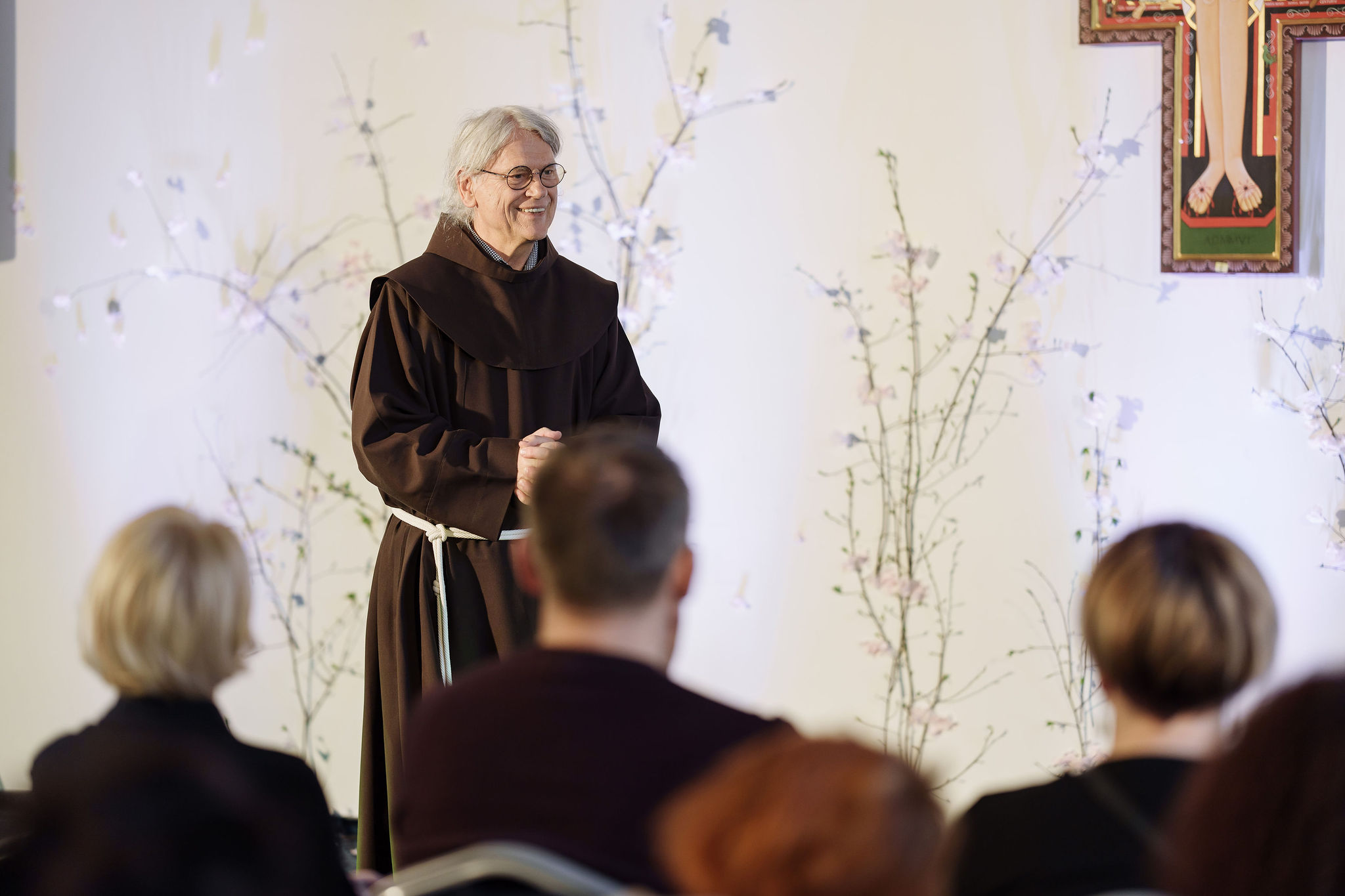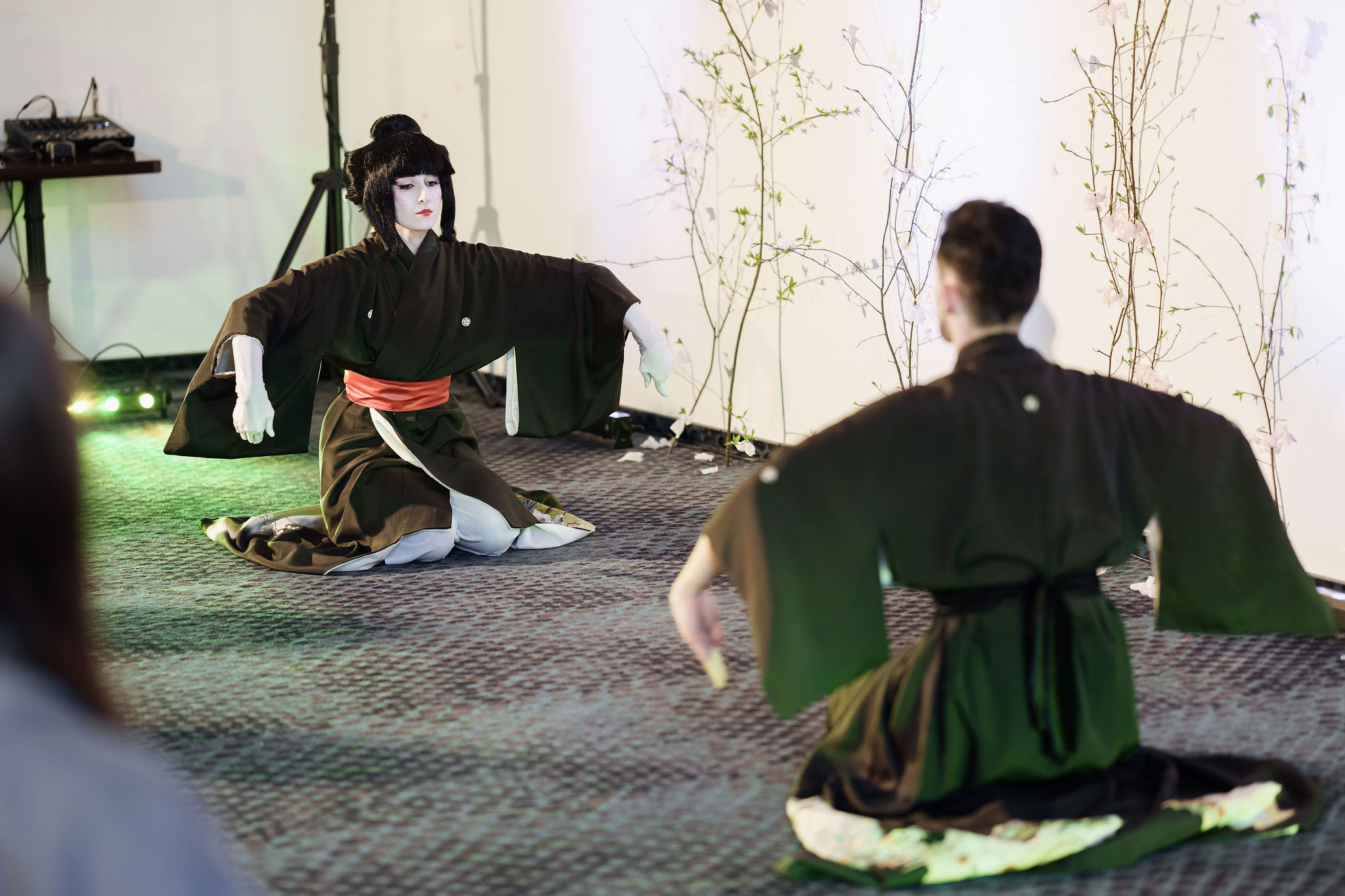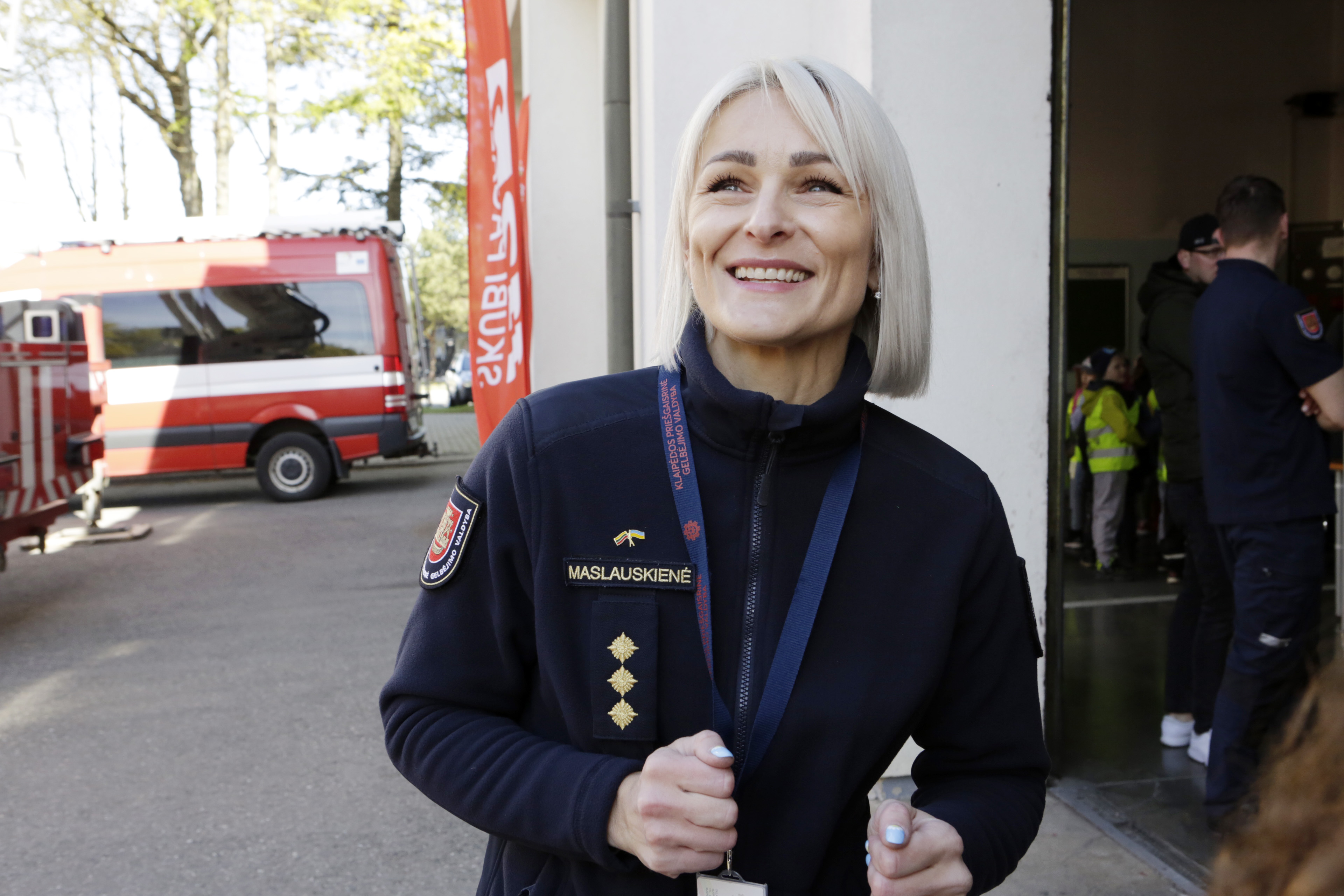Japanese Kabuki performance became interested in cultural festivals

The first in Lithuania created Kabuki The premiere of the theater performance « Theater Faces » took place in the Japanese language and cultural center « Seito San » in Klaipeda. According to the performance director Tauraun Bauzas, the « Theater Faces » was created and presented on the occasion of the 30th anniversary of Klaipeda Lyceum.
According to the director of Klaipeda Lyceum dr. Regina Kontautienė, in Klaipeda, started to foster Japanese and culture back in 1989, when cooperation with the city of Kudzi in Japan began, and the Japanese language and cultural center « Seito San » was established in 2023. In September this year, the third group of Japanese learners will be expected at this center. The director of the Lyceum also mentioned the new opportunities for Japanese learners in Lithuania.
Photo by Klaipeda Lyceum
« Since September this year, Vilnius University will already be able to take the Japanese language exam. Passing this exam will open up a much broader opportunity for people to employ international Japanese business companies or develop other professional competencies that require good Japanese language knowledge, » said Dr. R. Kontautienė.
Photo by Klaipeda Lyceum
Klaipeda City – Partner in Japan – Amber City
Japanese and culture are very close to Klaipeda through the Japanese city-Partner Kudzi, with whom he has been cooperating since 1989. The city of Kudzi is also close to Klaipeda because it is the only place in Japan where amber is found.
Brother Benedict Sigitas Jurčys, the head of the Japanese language and cultural center « Seito San », was pleased that the Japanese language and cultural center was rapidly expanding its activities.
Photo by Klaipeda Lyceum
“In just a couple of years, the center has become not only an educational institution, but also a meaningful Japanese culture place in Western Lithuania. The Kabuki Theater Performance » Theater Faces « is a great example of our main vision in creating this center. We strive to share the Japanese San Sanas Sanas, the Japanese language and culture center as widely as Japanese culture with the Lithuanian society not only through language but also in other forms of culture. Japanese culture is very rich, from its depth, spirituality and respect for their origins, the people of other nations can learn a lot, ”said Brother Benedict.
Photo by Klaipeda Lyceum
After the premiere of the performance – the focus
According to the performance director T. Bauzo, he was very pleasantly surprised by the warm admission of the audience during the premiere.
« We worked with this project for about a year and a half. It all started with one small ethudes and grew to a wonderful premiere. It is very gratifying that the audience has accepted the performance so warmly. After the premiere, we received a lot of beautiful reviews and this merely shows that Japanese culture is very interesting to the Lithuanian audience. »
Photo by Klaipeda Lyceum
The main roles were played by two talented artists: Klaipeda Lyceum graduate and student of Vilnius University Anelia Slabenko and Klaipėda State Musical Theater Ballet soloist Mykhail Mordov (Ukraine). Rima Balsienė, the makeup artist of Klaipėda State Musical Theater specially created for the performance of the theater for the theater performance.
Photo by Klaipeda Lyceum
According to T. Bauzo, after the premiere performance, the creators received incentives to present the performance to a much wider audience. The audience’s requests were heard and this year the first Lithuanian Kabuki Theater performance « The Faces of Theater » will have the opportunity to see more Japanese culture and theater fans. The performance « The Faces of Theater » is already included in the safe programs of the Music Mill and the Japanese Arts and Culture Festival in Palanga. It is also known that the performance will be shown in the Japanese garden in Kretinga.
Photo by Klaipeda Lyceum
Kabuki (Daina-Shokis-Jagging) is a traditional Japanese theater that appeared more than 400 years ago (early 17th century). It is famous for its bright makeup styles, expressive costumes, theatrical postures and choreographic movements. It was one of the main Japanese arts for four centuries. Performances often depict historical dramas, myths or themes of everyday life with emotional scenes and impressive special effects. Kabuki is part of UNESCO intangible cultural heritage and remains popular in Japan and worldwide.










:format(webp)/s3/static.nrc.nl/images/gn4/stripped/data131202714-9c8052.jpg)


